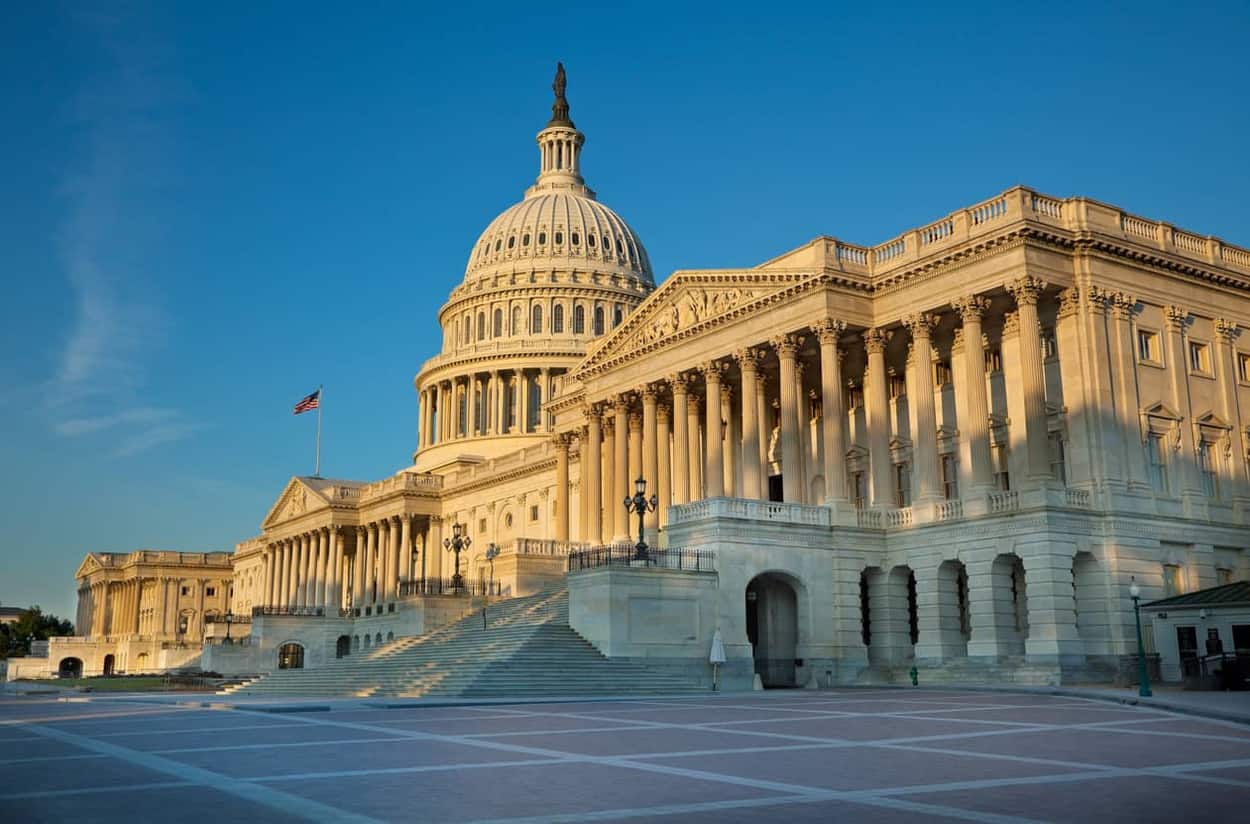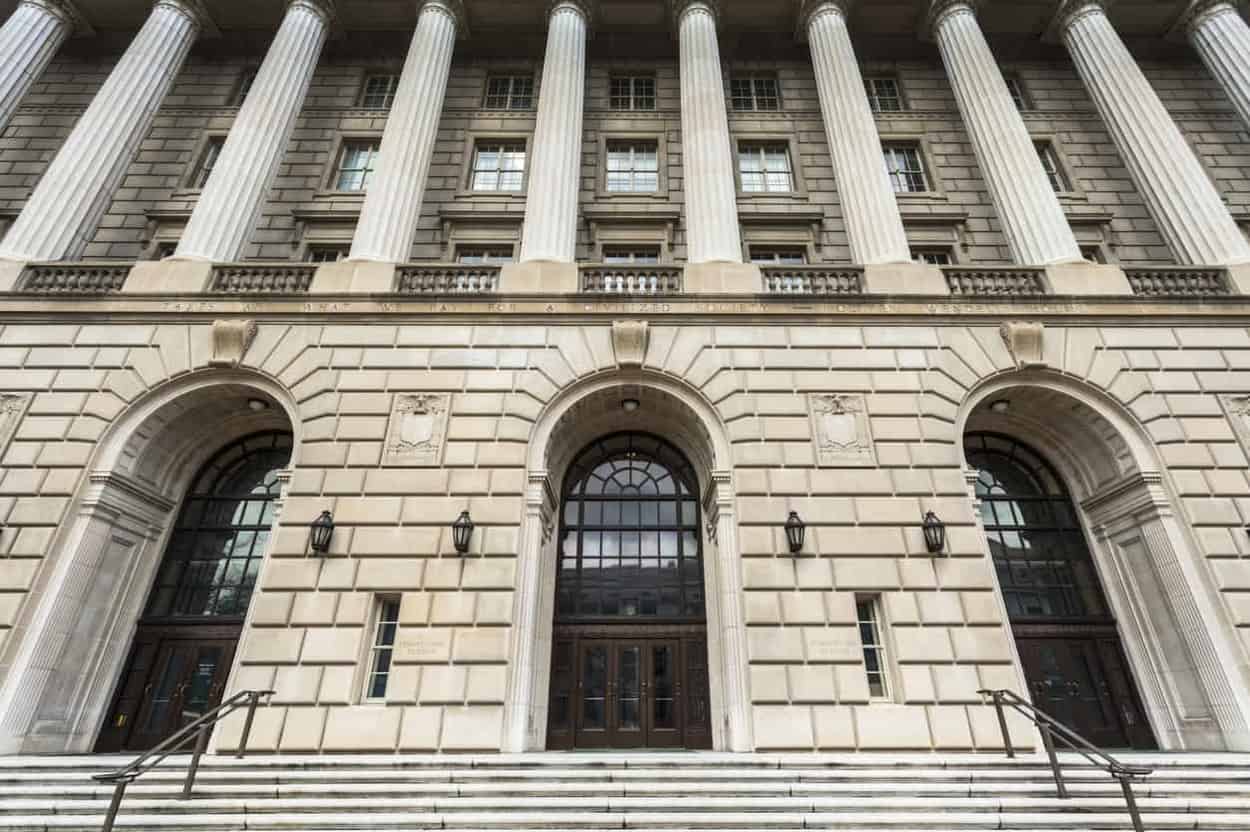
CARES Act to Provide Billions of Dollars of Relief for Businesses and Individuals
Disclaimer: This information was correct at the time of publication; however, new guidance from government agencies may be issued at any time, causing some or all of this information to change. Please visit our COVID-19 Business Strategy Hub for the latest news and ensure you are subscribed here to receive email alerts as they are released. We are working diligently to provide the most current information as it becomes available under our COVID-19 Actionable Insights For Businesses Series.
After extensive negotiations between the U.S. House of Representatives, the U.S. Senate and the White House, an agreement has been reached on a massive stimulus bill to address the financial and health care crisis resulting from the coronavirus (COVID-19) pandemic.
As of this writing, the Coronavirus Aid, Relief, and Economic Security Act (CARES Act) has been passed by the Senate and is expected to be passed by the House, although the mechanics are still to be determined because most House members are currently in their home districts. The President has indicated that he will sign the legislation.
The CARES Act includes a “Marshall Plan” for the health care system to help provide needed treatment during the pandemic and financial assistance to state, local, tribal and territorial governments, as well as to private nonprofits providing critical and essential services. It also provides significant relief to individuals, businesses and other employers to help them weather the pandemic.
Key provisions for individuals, businesses and other employers
Here’s a quick look at some of the CARES Act provisions that may affect you — keep in mind that it’s possible that some provisions could change before the act is signed into law:
Individuals
- Recovery rebates of up to $1,200 for singles, $1,200 for heads of households and $2,400 for married couples filing jointly — plus $500 per qualifying child — subject to income-based phaseouts starting at $75,000, $122,500 and $150,000, respectively
- Expansion of unemployment benefits, including for self-employed and gig-economy workers
- Waiver of the 10% penalty on COVID-19-related early distributions from IRAs, 401(k)s and certain other retirement plans
- Waiver of required minimum distribution rules for IRAs, 401(k)s and certain other retirement plans
- Expansion of charitable contribution tax deductions
- Exclusion for certain employer payments of student loans
Businesses and other employers
- Retention tax credit for eligible employers that continue to pay employee wages while their operations are fully or partially suspended as a result of certain COVID-19-related government orders
- Deferral of the employer portion of payments of certain payroll taxes
- Modification of net operating loss (NOL) and limitation on losses rules
- Modification of the deduction limitation on business interest
- Qualified improvement property technical correction, allowing qualifying interior improvements of buildings to be immediately expensed rather than depreciated over a period of years
- Expansion of the ways the Small Business Administration (SBA) can help small businesses
More details to come
This is just a brief overview of the CARES Act. We will share additional details on the provisions that are likely most relevant to you or your business in the coming days. In the meantime, don’t hesitate to reach out to us with questions or concerns you have about taxes or your individual financial or business situation. We’d be pleased to help you during this challenging time.
© 2020
Several arms of the federal government have taken, or are weighing, significant steps to help the country deal with the spread of the coronavirus (COVID-19) and the implications for individuals and businesses.
On March 14, the U.S. House of Representatives overwhelmingly passed a bipartisan 110-page bill that has received support from President Trump and, as of this writing, is expected to be taken up by the Senate this week. The Families First Coronavirus Response Act includes a wide range of provisions, including some addressing insurance coverage and reimbursement of diagnostic testing costs and others expanding safeguards for economically disadvantaged individuals. It also includes two significant groups of measures that will affect certain employers and workers through December 31, 2020.
Expanded family and medical leave
The act amends the Family and Medical Leave Act (FMLA) for employees who 1) work for employers with fewer than 500 employees, and 2) have been on the job at least 30 days. Under the bill, these employees (including those who work under a multiemployer collective agreement and whose employers pay into a multiemployer plan) will have the right to take up to 12 weeks of job-protected leave to:
- Comply with a requirement or recommendation to quarantine due to exposure or symptoms of COVID-19,
- Care for an at-risk family member who’s quarantined due to exposure or symptoms of COVID-19, and
- Care for their children if the children’s school or place of care has been closed, or the childcare provider is unavailable, because of COVID-19.
Although the FMLA generally requires only job-protected leave — not paid leave — the bill mandates paid leave after 14 days at two-thirds of the employee’s usual rate. (The first 14 days are covered under the paid sick leave provisions discussed below).
Note, though, that the bill gives the U.S. Secretary of Labor the power to issue regulations that exempt small businesses with fewer than 50 employees from this expansion if it would jeopardize the viability of the business. Because of this potential exemption and the fact that these provisions don’t apply to employers with 500 or more employees, many American workers won’t be protected by them.
The act will help employers subject to the provisions by allowing them to take a tax credit against their share of Social Security taxes for 100% of the qualified family leave wages they pay each quarter. The amount of wages taken into account for each employee is capped at $200 per day and $10,000 for all calendar quarters. Any excess credit over its Social Security tax liability is refundable to the employer.
No deduction is allowed for the amount of the credit, and no credit is allowed for wages that are subject to the existing Section 45S business tax credit for paid family and medical leave. Employers can elect to not have the credit apply.
The 100% refundable family leave credit also is available for certain self-employed individuals, applicable against income taxes. Self-employed people who would be entitled to paid leave under the expanded FMLA if they were employees of a business are eligible. The qualified leave amount is capped at the lesser of $200 per day or the average daily self-employment income for the taxable year per day. These individuals can count only those days they’re unable to work for reasons covered by the expanded FMLA. The Treasury Department will establish documentation requirements.
Paid sick leave
The act requires employers with fewer than 500 employees to provide two weeks of paid sick leave, at the employee’s regular rate, to quarantine or seek a diagnosis or preventive care for COVID-19. If the employee must take leave to care for a family member for such purposes, or to care for a child whose school has closed or childcare provider isn’t available, these employees must provide leave paid at two-thirds of the employee’s regular rate. Full-time employees are entitled to 80 hours of paid sick leave, and part-time employees are entitled to the typical number of hours that they work in a typical two-week period.
As with expanded family leave, covered employers can claim an elective refundable 100% tax credit for qualified paid sick leave wages, also against Social Security taxes. But the bill makes a distinction between those wages paid for employee who must self-isolate or obtain a diagnosis and those paid for to employees caring for a family member or child. For the former, the amount of wages taken into account per employee is capped at $511 per day; for the latter, it’s capped at $200 per day. The total number of days taken into account per employee can’t exceed the excess of 10 over the total number of days taken into account for all preceding calendar quarters.
Again, any excess credit over their Social Security tax liability is refundable, no deduction is allowed for the amount of the credit and no credit is allowed for wages that are subject to the Section 45S business tax credit.
The self-employed are similarly eligible for the refundable credit at differing amounts — 100% for their personal needs and 67% to care for a family member or child. The amount of wages is capped at $511 per day or the average daily self-employment income for the taxable year per day.
Extended tax filing deadline
The U.S. Department of Treasury has announced an extension on the traditional April 15 federal income tax return filing deadline for certain individuals and small businesses. Not only will eligible taxpayers be permitted to file their returns later, they also need not worry about incurring penalties or interest if they don’t pay by the April 15 deadline.
According to Treasury Secretary Steven Mnuchin, “virtually all Americans, other than the super rich,” can take advantage of the delay. Taxpayers already generally can obtain extensions that push out their filing deadlines six months. But without the relief, those taxpayers still are required to pay any tax liability by the April deadline. That liability incurs penalties and interest until paid.
At this writing, we don’t have information about when the new filing deadline will be.
Other relief
Some states have announced tax relief related to COVID-19. Check with us for more information.
On March 13 as part of the national emergency declaration, President Trump waived interest payments on federal student loans “until further notice.” This allows borrowers to pause their payments without penalty.
It remains to be seen whether any relief will be provided regarding the quarterly estimated tax payments made by businesses and self-employed individuals. And, as of this writing, no further information, such as the new deadline, has been provided. An extension isn’t included in the Families First Coronavirus Response Act.
HDHP coverage
The IRS has published new guidance making clear that high-deductible health plans (HDHPs) can pay for COVID-19-related testing and treatment without putting their status at risk. That means individuals with HDHPs that provide such coverage can continue to contribute to their health savings accounts (HSAs) and deduct the contributions on their 2020 tax returns (or make pre-tax contributions their employer-sponsored HSAs).
Health insurance plans generally must satisfy several requirements to qualify as an HDHP. For example, providing nonpreventive health care coverage without a deductible, or with a deductible below the requisite minimum, would forfeit HDHP status. (Vaccinations are considered preventive care.) The IRS is temporarily suspending this rule to avoid administrative delays or other financial disincentives that could impede testing and treating for COVID-19.
Stay tuned
Congress and the Trump administration are weighing other actions to increase access to health care, as well as stabilize and stimulate the economy. We’ll keep you updated as new relief becomes available. Contact us for help to determine how best to minimize the financial impact.
© 2020
